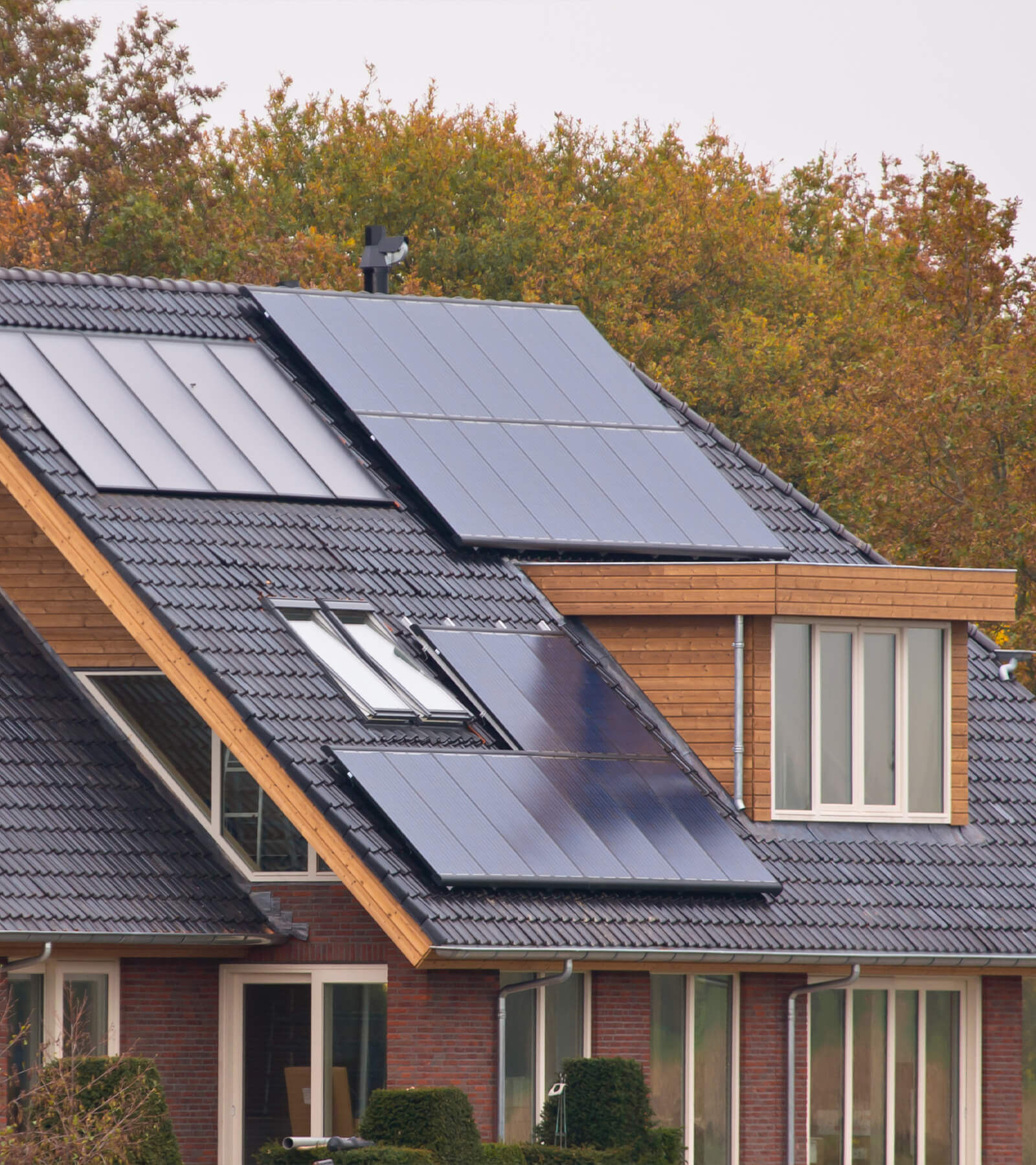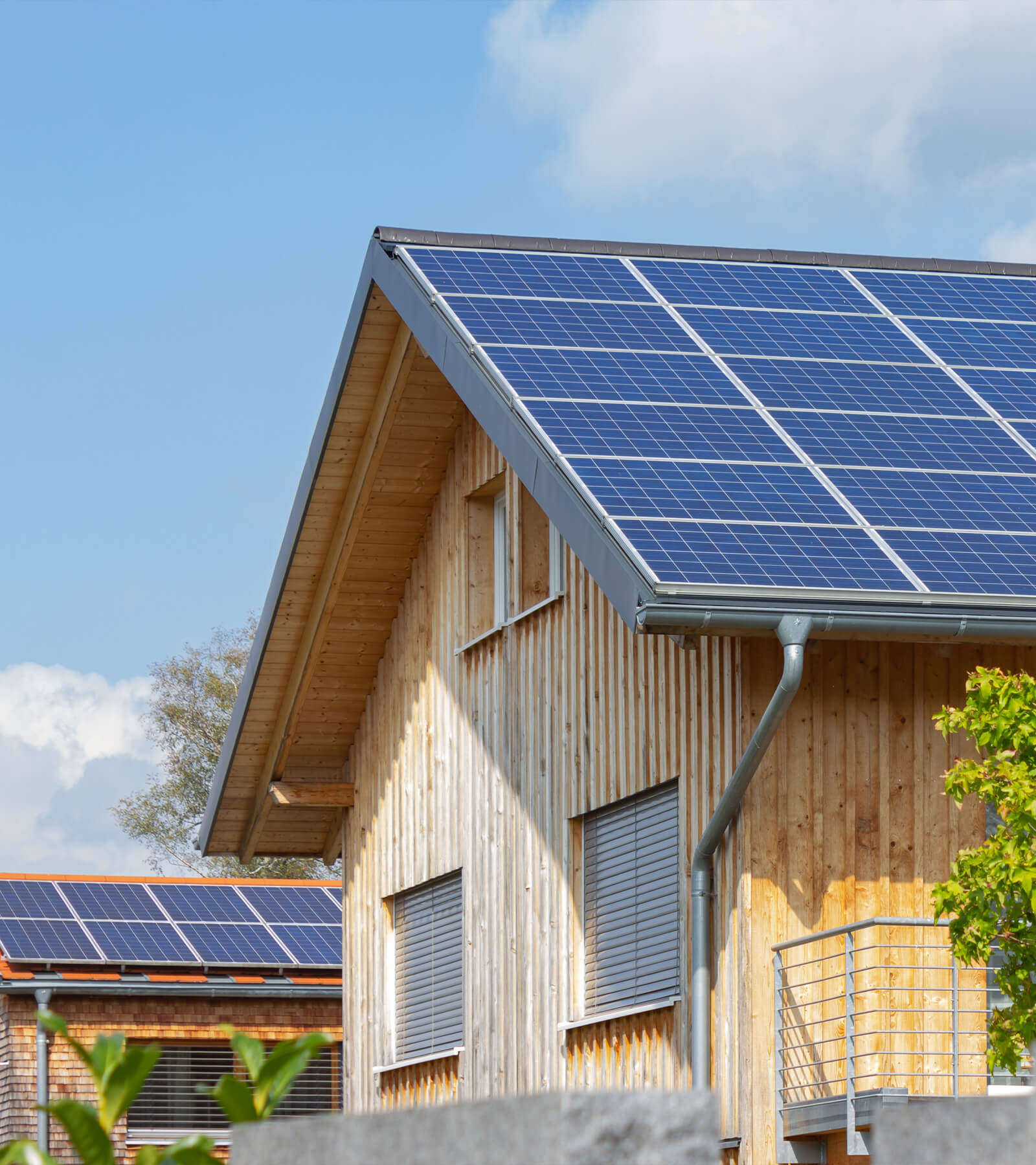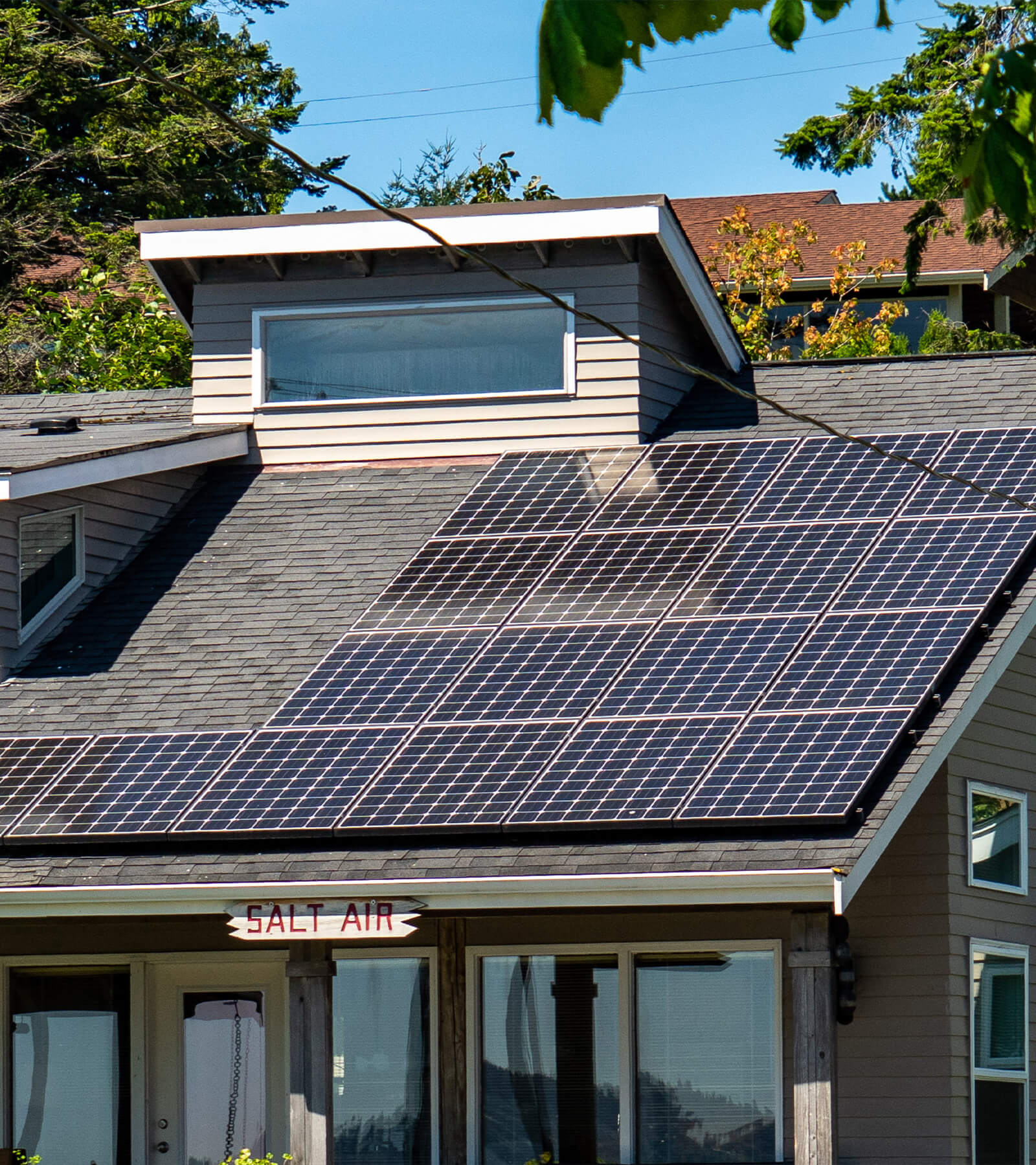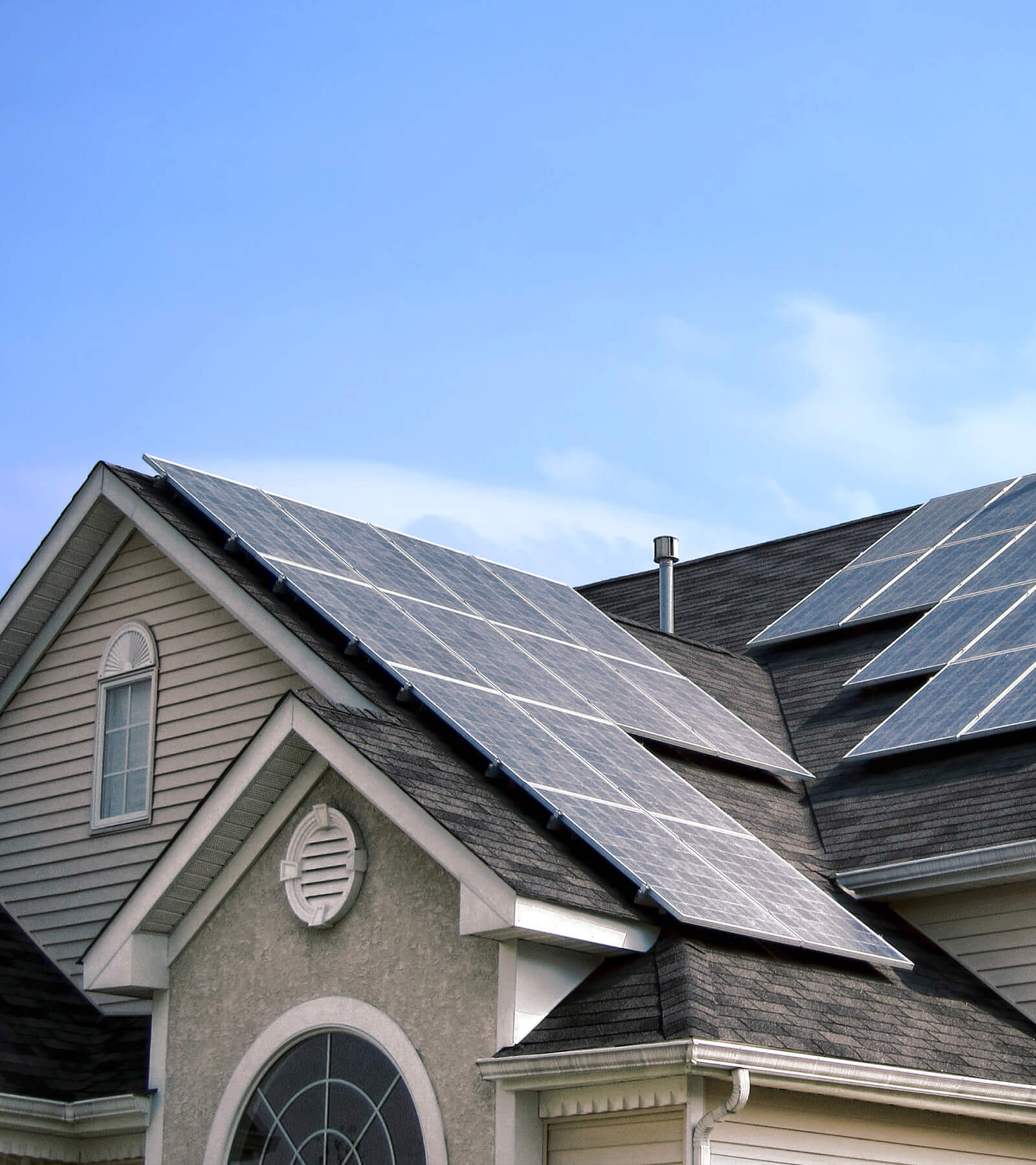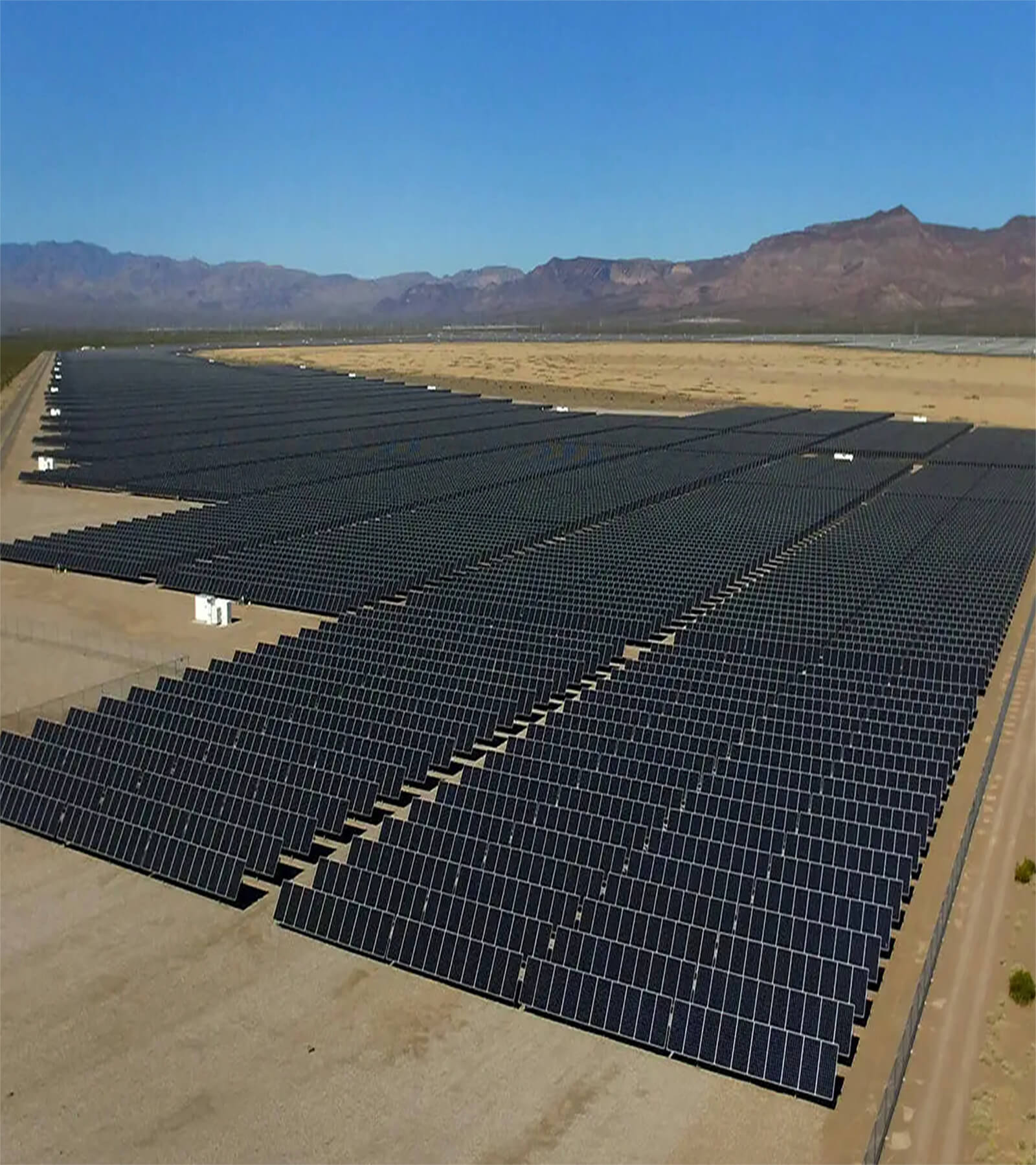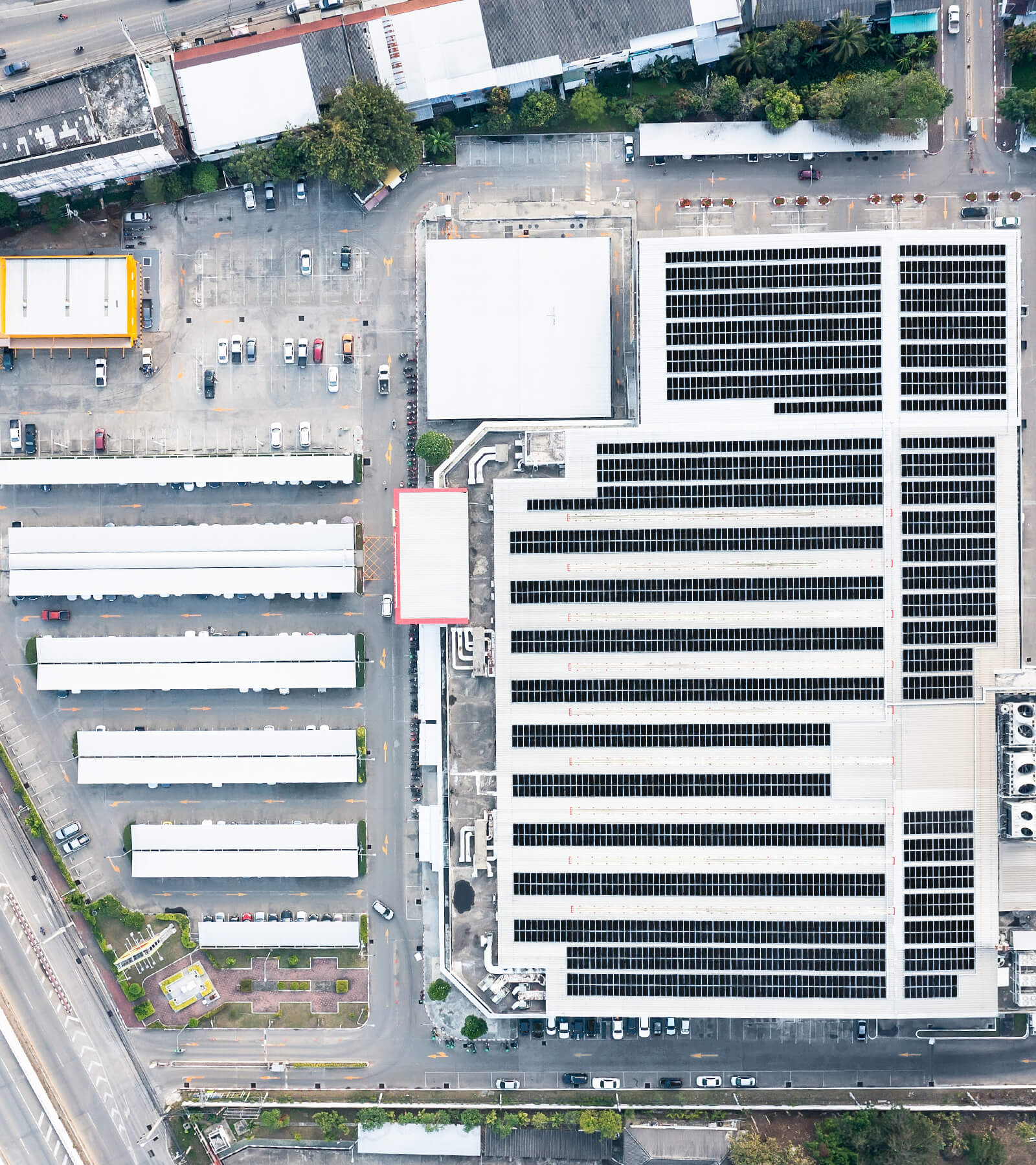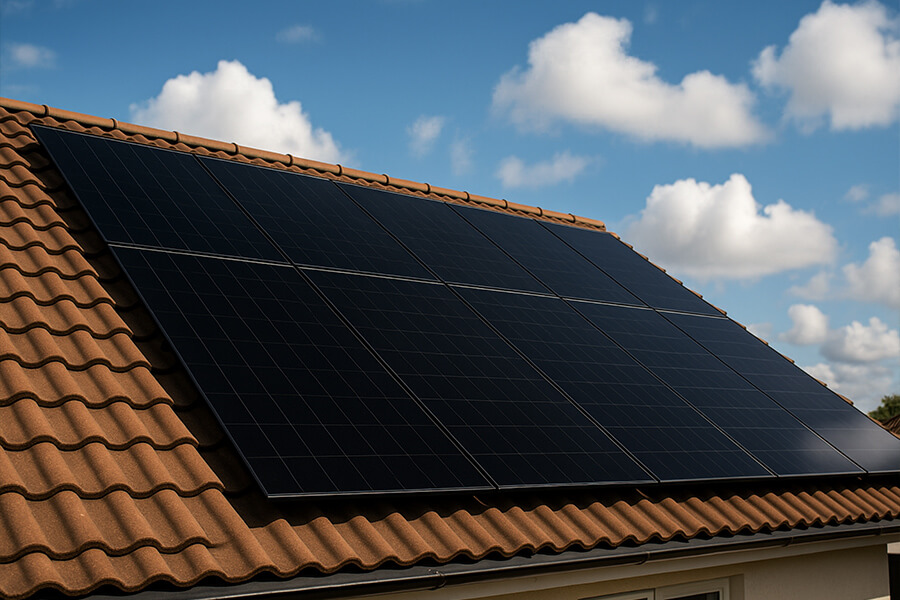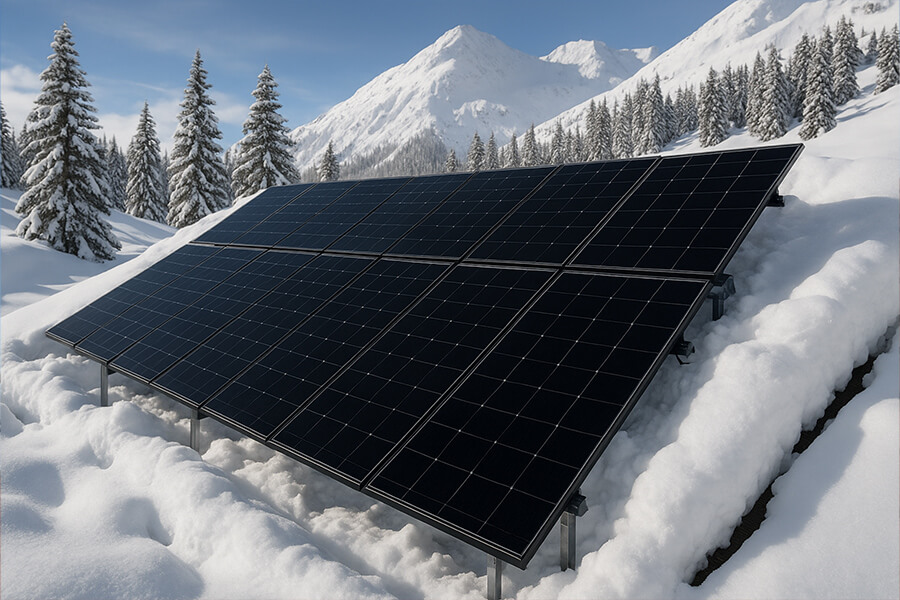Forget paying the electric company to admire your petunias. In 2025, a 16kW solar system garden lighting setup isn’t sci-fi—it’s your ticket to free, guilt-free garden glam. This guide cracks the code with:
1️⃣ Wire Wars: Why 12V LED strips save $2.50/ft vs. 220V spotlights (and won’t electrocute your dog).
2️⃣ Xiaomi Hacks: Motion sensors + sunset automation = lights that actually know when to quit.
3️⃣ Rainy Day Insurance: How 2kWh batteries laugh at 3-day storms (yes, even British ones).
We’ll math-proof it, roast bad ideas, and throw in a solar supplier even your DIY-hating spouse will love. 🌞⚡
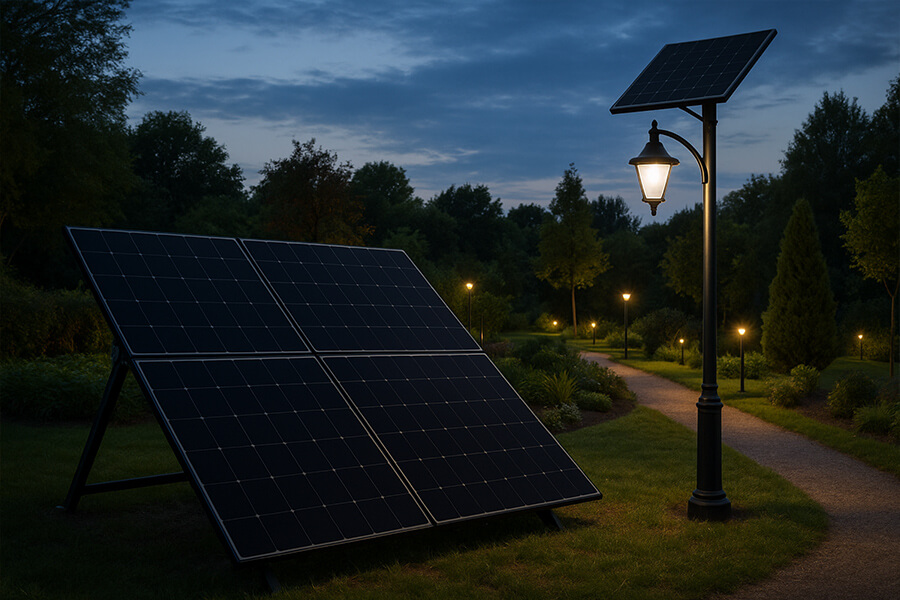
Why Steal Sunshine Like a Pro
🌞 “Imagine telling your garden, ‘You’ll glow tonight—and no, I’m not paying the electric company for this drama.’”
Welcome to 2025, where solar power isn’t just for crunching carbon stats—it’s your secret weapon for turning gardens into zero-bill light shows. Let’s talk about the 16kW solar system, the “Swiss Army knife” of energy independence. This bad boy doesn’t just power your fairy lights; it laughs at cloudy days, outsmarts your utility company, and does it all while looking sleeker than your aunt’s clunky 2010 patio lights (RIP, Aunt Karen’s halogen relics).
Solar Tech in 2025: Smaller, Smarter, & 70% Cheaper
Gone are the days of bulky panels that scream “I’m trying too hard.” Modern solar systems are like iPhones—slim, efficient, and weirdly satisfying to stare at.
| Feature | 2010 Solar | 2025 Solar |
|---|---|---|
| Cost per Watt | $3.50 (Source: DOE) | $0.95 (Source: IEA 2025 Report) |
| Panel Efficiency | 15% | 24% (thanks to perovskite tandem cells) |
| Aesthetic | “Ugly roof hat” | “Sleek, matte-black stealth mode” |
Today’s 16kW system fits neatly on a garage roof or pergola, generates enough juice to power 100㎡ of garden lighting and your neighbor’s envy, and pays for itself in <5 years (BloombergNEF says so).
Why 16kW? Because Bigger Is Better (For Once)
Let’s math this out:
- 16kW system = ~64kWh daily output in summer (assuming 4 peak sun hours).
- Garden lighting load: ~0.5kWh/night (for 20x 12V LED strips + smart controls).
- Surplus energy: Charge your e-bike, run a margarita blender, or sell it back to the grid. Cha-ching.
And no, this isn’t sci-fi. The average residential solar system in 2025 is 42% larger than 2020 models, thanks to nosediving costs and actual plug-and-play installation (Solar Energy Industries Association).
The “Steal Sunshine” Playbook
1️⃣ Hack the Grid: Use sunlight instead of stealing your neighbor’s Wi-Fi.
2️⃣ Flex on Nighttime: Store solar energy in batteries (more on that later) or go full Tony Stark with bidirectional EV chargers.
3️⃣ Profit: Slash bills to $0 and invest the savings in important things, like fire pits and marshmallows.
Up next: We’ll dissect 12V LED strips vs. 220V spotlights—a battle where copper costs, safety, and your dog’s survival instincts collide. ⚡
Bulb Wars – 12V LED Strips vs. 220V Spotlights
💡 “The ninja of garden lighting: silent, efficient, and won’t bankrupt your wire budget.”
💥 “The diva of brightness: demands thick cables, an electrician on speed dial, and a wallet that doesn’t cry easily.”
Let’s settle this like adults: with spreadsheets, sass, and cold, hard math.
Round 1: Installation Costs – Copper vs. Common Sense
Why bury thick 220V cables when 12V strips laugh at physics? Let’s break it down:
| Cost Factor | 12V LED Strips | 220V Spotlights |
|---|---|---|
| Cable Cost | $0.50/ft (18AWG) | $3.00/ft (12AWG burial-grade) (Source: NEC 2023) |
| Installation | DIY-friendly (no trenches) | Professional electrician (75–150/hr) |
| Permits | Not required (low voltage) | 500 (local jurisdiction) |
| Time | 2 hours (your YouTube degree suffices) | 8+ hours (waiting for Larry the Electrician) |
Total for 100㎡ Garden:
- 12V: 150(cables)+0 (labor) = $150
- 220V: 900(cables)+600 (labor) + 350(permits)=∗∗1,850**
Translation: 12V saves 88% upfront. Spend the extra $1,700 on a hot tub.
Round 2: Energy Efficiency – Vampires vs. Zen Masters
220V spotlights are energy hogs, even when “off.” Let’s expose their dark secrets:
| Metric | 12V LED Strips | 220V Spotlights |
|---|---|---|
| Power Draw (Nightly) | 0.5kWh (20x 5W strips) | 1.2kWh (6x 200W halogens + vampire drain) (Source: ENERGY STAR) |
| Annual Cost | 0.12/kWh) | 18 (vampire energy) = $70 |
| Lifespan | 50,000 hours (≈15 years) | 10,000 hours (≈3 years) |
| Safety | No electrocution risk (harmless if chewed) | “Why is the dog glowing?” ⚡ |
Over 10 years, 220V systems cost 3.2x more in energy and replacements. But hey, at least they’re “bright.”
Verdict: 12V LEDs Win (Unless You’re Lighting a FIFA Stadium)
Math doesn’t lie:
- Cost: 12V saves 1,700+∗∗upfrontand∗∗480 per decade.
- Safety: No midnight ER trips because Fido mistook a cable for a chew toy.
- Flexibility: Want to rearrange your garden? 12V strips peel-and-stick; 220V requires jackhammers.
“But what about BRIGHTNESS?!” Relax. Modern 12V LEDs hit 1,200 lumens/meter (see Philips Hue Outdoor), matching 220V’s glare without summoning moths from three zip codes.
Smart Control – Make Your Garden a Lazy Genius (Thanks, Xiaomi!)
🤖 “Because lighting up empty air is so 2020.”
Meet your garden’s new brain: Xiaomi’s ecosystem, where motion sensors, circadian algorithms, and pure laziness collide to create a lighting system smarter than your toaster. Let’s geek out.
Xiaomi’s 2025 Arsenal: Sensors, Apps, & Zero Effort
Forget clunky timers. Xiaomi’s Aqara and Yeelight products turn your garden into a self-aware glow machine:
| Gadget | Superpower | Energy Savings |
|---|---|---|
| Aqara Motion Sensor | Lights trigger only when needed (RIP, moths) | 30% reduction vs. dumb timers |
| Yeelight Sunset Sync | Auto-adjusts brightness to moon phases 🌖 | 15% efficiency boost (Xiaomi 2024 Whitepaper) |
| Zombie Apocalypse Mode | 100% brightness for “raccoon invasions” | Costs $0.02 per scare (worth it) |
Pair these with a $50 Xiaomi Smart Hub, and your garden learns to party at dusk, nap at dawn, and never waste energy on empty air.
Math Time: How Laziness Saves $220/Year
Let’s compare a “dumb” system vs. Xiaomi’s IQ-300 setup for a 100㎡ garden:
| Metric | Dumb Timer | Xiaomi Smart System |
|---|---|---|
| Daily Runtime | 8 hours (fixed) | 3.5 hours (adaptive to motion + moonlight) |
| Annual Energy Use | 292 kWh | 175 kWh (40% less!) |
| Cost | $35/year | $21/year |
| CO2 Saved | 0 kg | 87 kg (like planting 4 trees 🌳) |
Source: 2024 Xiaomi case study on 500 EU households (Link)
Even better: the system pays for itself in <2 years. Use the savings to buy a “I ♥ My Solar Garden” lawn sign.
Rainy Day Blues? Outsmart British Weather with 2kWh Batteries
🌧️ “Because solar panels don’t care if you’re British—but your garden lights definitely do.”
Let’s tackle the soggy elephant in the room: clouds. Your 16kW solar system pumps out ~64kWh daily in summer, but when storm clouds roll in, batteries become your garden’s caffeine drip. Here’s how to hack the gloom.
Battery Math (No Tears, Promise)
Daily Solar Output (Summer): 64kWh (NREL 2025 Data)
Garden Nightly Draw: 0.5kWh (12V LEDs + smart controls)
Backup Logic:
| Scenario | 2kWh Battery | 4kWh Battery |
|---|---|---|
| Clear Skies | Charges fully daily (overkill) | Same, but flexes on neighbors |
| 3-Day Storm | 3 nights of light (0.5kWh x 3 = 1.5kWh) | 6 nights (leaves room for your espresso machine) |
| Monsoon Week | “Call for help” on Day 4 | Anxiety-free gloom (7+ nights) |
Pro Tip: Lithium batteries cost 30% more upfront than lead-acid but last 3x longer (DOE 2024). No sulfuric acid tantrums!
Lithium vs. Lead-Acid: The Heavyweight Fight
Why lithium wins (besides sounding cooler):
| Metric | Lithium (e.g., Tesla Powerwall 2) | Lead-Acid (e.g., Renogy Deep Cycle) |
|---|---|---|
| Cycle Life | 6,000 cycles | 500 cycles (Battery University) |
| Efficiency | 95% | 80% |
| Weight | 25 lbs per 2kWh | 60 lbs per 2kWh (RIP, your back) |
| Space | Wall-mounted (sleek) | “Basement corner of shame” |
Cost Over 10 Years:
- Lithium: 1,200(2kWh)+0 maintenance = $1,200
- Lead-Acid: 800(2kWh)+600 (replacements) = $1,400
Lithium saves $200 and a chiropractor visit.
Real-World Test: London vs. Your Garden
Using 2025 UK weather data (Met Office):
- London’s July: 12 rainy days (avg.), solar output drops 60%.
- Battery Needs: 4kWh system covers 8 nights (0.5kWh/night).
Cost Breakdown:
- 2x Tesla 2kWh Batteries: $2,400
- Peace of Mind: Priceless (or $0.10/day over 10 years).
Meet Maxbo Solar – Your Sun-Loving Sidekick (We’re Biased, But Right)
👋 “Hi, I’m Alex from Maxbo Solar. In 2025, we’re obsessed with making solar setups less ‘engineering project’ and more ‘plug-and-play magic.’”
Let’s cut to the chase: Your garden deserves a solar system that works with your laziness, not against it. Here’s why we’re the cheat code.
Why Maxbo? Let the Numbers Talk
Our 2025 flagship 16kW Solar Kit isn’t just panels—it’s a Swiss Army knife for sun worshippers:
| Feature | Maxbo Solar 16kW Kit | Traditional Systems |
|---|---|---|
| Installation Time | 6 hours (modular plug-in design) | 2 days (wiring spaghetti + electrician tears) |
| Shade Performance | 92% efficiency with micro-inverters 🌥️ | 60% efficiency (Fraunhofer Institute 2024) |
| Xiaomi Integration | Pre-paired with Aqara/Yeelight sensors | “Good luck with that Raspberry Pi project” |
| Battery Expandability | Start with 2kWh, add 2kWh blocks anytime | “Buy a whole new system, sucker” |
Translation: We turn sunlight into your most reliable employee.
2025’s Game-Changer: Micro-Inverters That Laugh at Clouds
Traditional solar systems sulk when a single leaf casts shade. Our panels? They’re overachievers:
- Built-in micro-inverters: Each panel optimizes independently, squeezing 30% more juice from partial shade.
- Real-world test: 16kW Maxbo system in Munich generated 58kWh on a partly cloudy day vs. 42kWh for string inverters (SolarPower Europe 2025).
Conclusion: Your Garden’s 2025 Upgrade Checklist
1️⃣ Cost Saver: 12V LEDs + smart controls = 88% cheaper upfront than 220V.
2️⃣ Brainiac Mode: Xiaomi sensors slash energy use by 40% while scaring raccoons.
3️⃣ Stormproof: 4kWh lithium batteries laugh at 7-day monsoons.
4️⃣ Maxbo Magic: Modular solar that grows with your ambitions (and garden parties).
CTA: Ready to ghost the grid? Visit www.maxbo-solar.com – where sunlight clocks in 24/7, and you get to be the lazy genius. ☀️🔌

